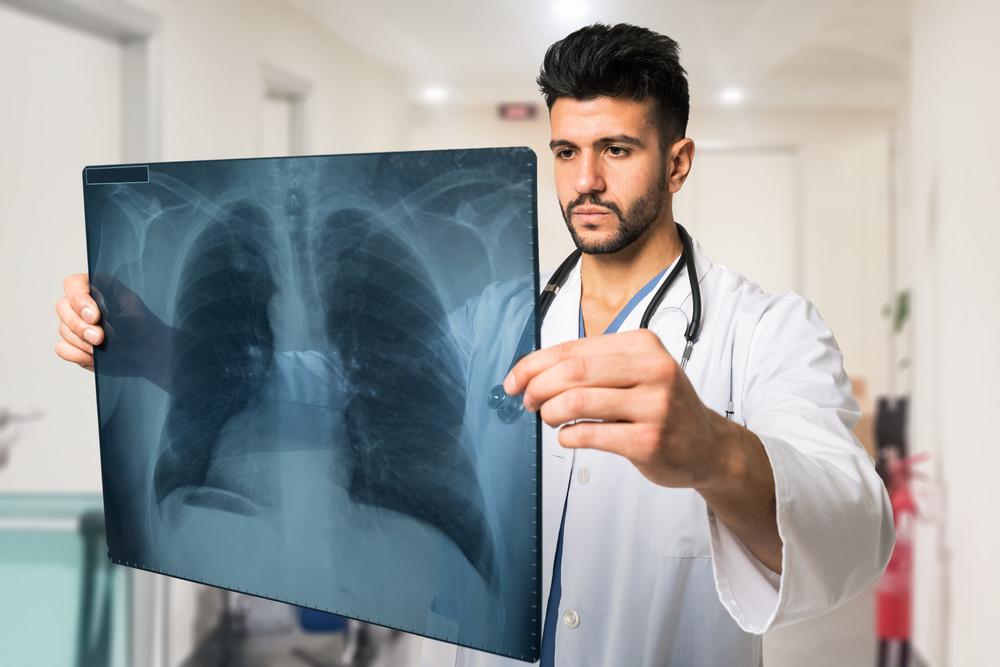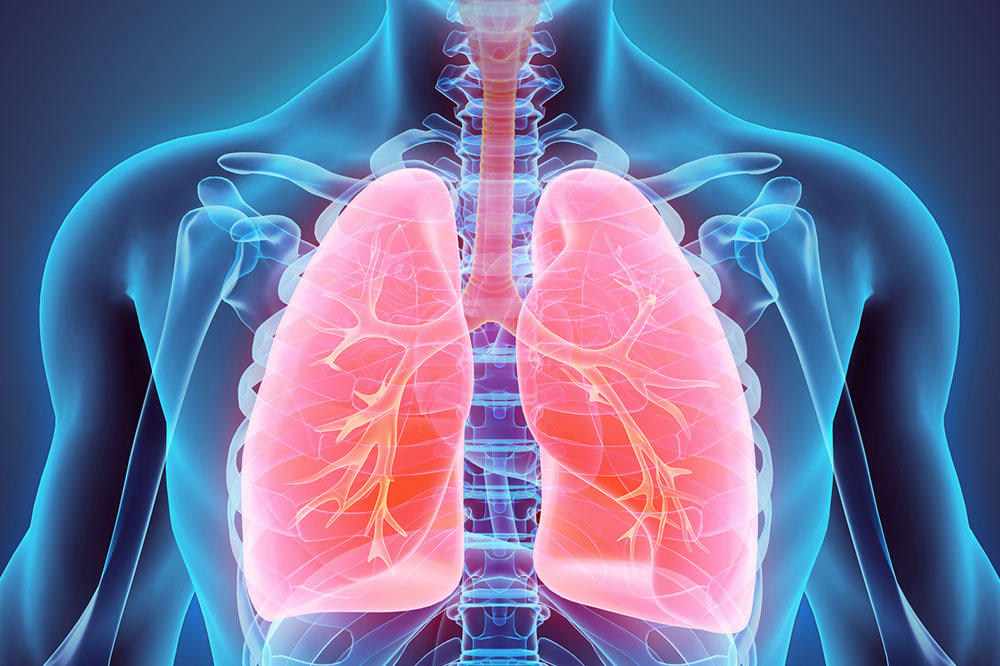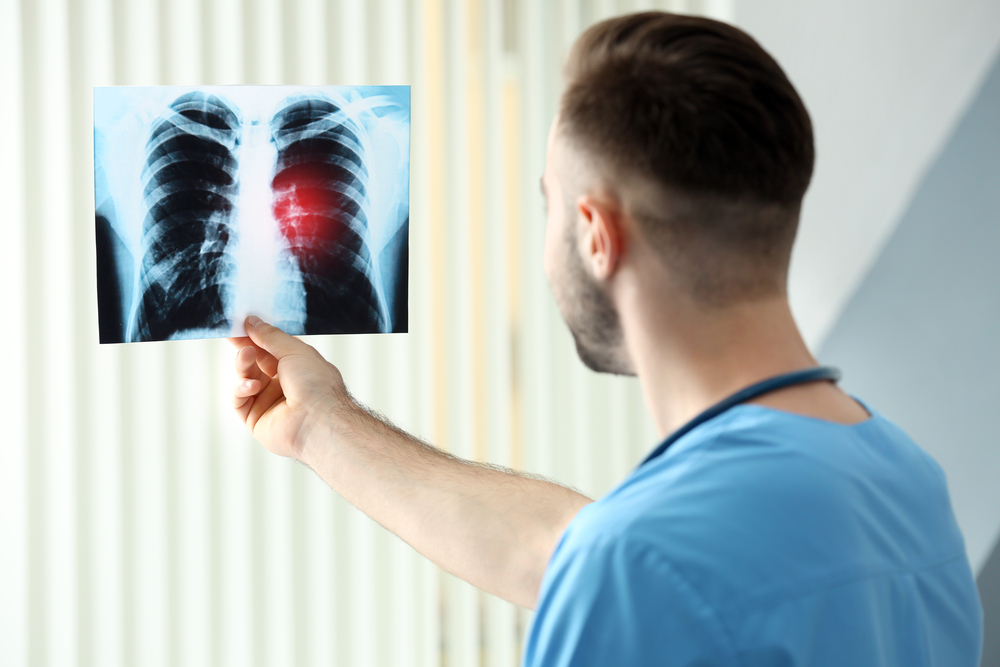The Complete Guide to Bladder Cancer: Symptoms, Causes, and Treatment Strategies
This comprehensive article covers everything you need to know about bladder cancer, including its causes, symptoms, and the latest treatment options. With a focus on early detection and effective management, the guide aims to help patients understand risks, signs, and available therapies for better health outcomes. Learn how to identify symptoms early and explore advanced treatment strategies to fight bladder cancer proactively.

Understanding Bladder Cancer: Causes, Symptoms, and Effective Treatment Options
Bladder cancer is a significant health concern worldwide, ranking among the top ten most common and deadly cancers. With an estimated 80,000 deaths each year, this disease warrants considerable awareness and understanding. The condition primarily involves the abnormal growth of cells lining the urinary bladder, a hollow organ responsible for storing urine. If left undiagnosed or untreated, bladder cancer can invade nearby tissues and metastasize to distant organs, including bones, liver, and lungs, considerably impacting patient survival and quality of life.
Research indicates that men are disproportionately affected by bladder cancer, with males being three to four times more likely to develop the disease than females. Additionally, individuals of Caucasian descent face a higher risk—approximately double—compared to other racial groups. These demographic differences suggest that both genetic predisposition and lifestyle factors contribute significantly to disease development.
Understanding the Causes of Bladder Cancer
The etiology of bladder cancer involves multiple risk factors. One of the most prominent is tobacco use—both smoking and chewing tobacco—which introduces carcinogens directly to the urinary tract. Occupational exposure to hazardous chemicals found in industries such as painting, hairdressing, printing, and manufacturing also significantly elevates risk. Furthermore, parasitic infections resulting from poor sanitation and exposure to contaminated water sources contribute to disease prevalence in some regions.
Previous treatments like pelvic radiation therapy, particularly for cancers such as prostate or cervical cancer, have been linked to increased bladder cancer risk. Certain medications, especially long-term use of diabetes drugs like pioglitazone, have also been associated with higher incidences. Chronic bladder inflammation from recurrent urinary tract infections or exposure to industrial chemicals can create an environment conducive to cellular mutations. Genetic predisposition plays a crucial role, especially in individuals over 40 who have a family history of bladder or other related cancers.
Early Symptoms Indicating Potential Bladder Cancer
Early detection of bladder cancer is vital for successful treatment outcomes. The initial and most common symptom is hematuria,or blood in the urine, which may appear as a slight discoloration or visible blood. Patients may also experience increased urinary frequency and urgency, even when the bladder feels empty. Pain during urination and a persistent feeling of incomplete bladder emptying are additional early signs.
If these symptoms are observed, prompt medical evaluation is essential to confirm diagnosis and commence treatment. Ignoring early warning signs can lead to disease progression, with symptoms worsening over time. As the disease advances, patients may experience difficulty urinating, lower back pain, bone pain, swelling in the feet due to metastasis, unintended weight loss, loss of appetite, and persistent fatigue. Recognizing and responding to these symptoms early can significantly improve prognosis.
Management and Treatment Strategies for Bladder Cancer
The treatment approach for bladder cancer varies depending on the stage at diagnosis. Early-stage (0 and 1) bladder cancers are typically managed with minimally invasive procedures. Transurethral resection of bladder tumor (TURBT) is commonly performed to remove superficial tumors, often followed by intravesical therapy such as Bacillus Calmette-Guerin (BCG) immunotherapy or chemotherapy to prevent recurrence.
In cases where cancer extends to the muscle layer (stage 2) or involves deeper tissues (stage 3), more aggressive treatments are necessary. Partial or complete removal of the bladder, known as cystectomy, may be performed depending on tumor size and location. Chemotherapy and immunotherapy are frequently combined with surgical intervention to kill residual cancer cells and help control disease spread. Post-surgical bladder reconstruction may be considered to preserve urinary function and patient quality of life.
Advanced-stage (stage 4) bladder cancer requires comprehensive treatment plans. These often include radical cystectomy combined with systemic chemotherapy to address metastasis. When surgery isn't feasible due to patient health or cancer spread, radiation therapy and targeted medications, such as immune checkpoint inhibitors or molecular-targeted agents, are used to control symptoms and prolong survival. Palliative care focuses on pain management, quality of life, and symptom relief in cases of widespread disease.
Overall, multidisciplinary care involving urologists, oncologists, radiologists, and supportive health professionals plays a crucial role in optimizing treatment outcomes. Regular follow-up, imaging studies, and surveillance are essential to detect recurrences early and adapt treatment plans accordingly. Lifestyle modifications, smoking cessation, and avoiding occupational hazards are also vital preventive measures for high-risk individuals.
In summary, understanding the symptoms, causes, and treatment options for bladder cancer empowers patients and healthcare providers to detect and manage the disease effectively. Advances in surgical techniques, immunotherapy, and molecular-targeted therapies continue to improve prognosis and survival rates, making early diagnosis and personalized treatment essential components in combating this formidable disease.





